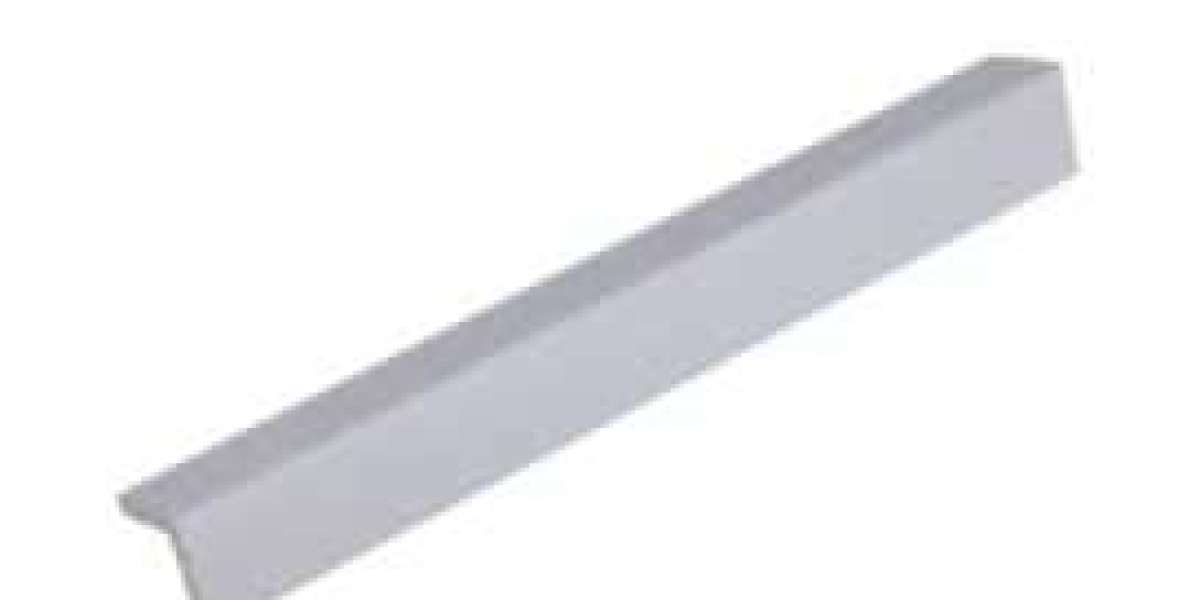In interior design, the quest for elements that not only enhance the aesthetic appeal but also stand the test of time is a perpetual endeavor. Fancy wall molding, with its intricate designs and versatile applications, has emerged as a popular choice for homeowners and designers alike. This article delves into the durability of fancy wall molding, examining its resilience in various settings and the factors that contribute to its longevity.
Fancy wall molding, often characterized by its ornate patterns and decorative flourishes, is more than just an embellishment; it is a statement piece that can transform the ambiance of a room. The durability of fancy wall molding is a critical consideration, as it is expected to maintain its visual appeal and structural integrity over time. The material from which the molding is crafted plays a significant role in determining its durability. Traditional materials such as wood, plaster, and polyurethane are commonly used, each offering unique benefits and drawbacks.
Wooden fancy wall molding, while offering a classic and warm appearance, is susceptible to damage from moisture, insects, and changes in temperature and humidity. However, with proper care and treatment, such as the application of sealants and the use of moisture-resistant woods, the durability of wooden molding can be significantly enhanced. The timeless elegance of wood makes it a popular choice for traditional and classic interiors, where the investment in quality and maintenance is well-justified.
Plaster moldings, on the other hand, are known for their durability and resistance to wear and tear. They are less affected by environmental factors and can maintain their shape and appearance for decades. The process of creating plaster moldings allows for a high level of detail, making them ideal for intricate and elaborate designs. However, plaster moldings are heavier and more challenging to install compared to other materials, which can be a consideration in terms of both cost and practicality.
Polyurethane fancy wall molding has gained popularity in recent years due to its balance of affordability, lightweight properties, and resistance to moisture and insects. It is also easier to install and can be painted to match any color scheme. The durability of polyurethane molding is impressive, as it does not warp, crack, or fade under normal conditions. This makes it an excellent choice for high-traffic areas and homes in climates with extreme temperature fluctuations.
The installation process is another factor that can impact the durability of fancy wall molding. Proper installation techniques ensure that the molding is securely fastened and less likely to be damaged by external forces. The use of appropriate adhesives and fasteners is crucial, as is the preparation of the wall surface to ensure a strong bond.
Maintenance is also a key aspect of ensuring the longevity of fancy wall molding. Regular cleaning and prompt attention to any signs of damage can prevent small issues from becoming larger problems. The type of cleaning products used should be compatible with the molding material to avoid causing any damage.
In terms of design, the durability of fancy wall molding can be influenced by the complexity of the design. Simpler designs may be more resistant to damage, as fewer intricate details can be chipped or broken. However, the allure of fancy wall molding often lies in its ornate patterns and decorative elements, which can be carefully crafted to withstand daily use while still offering a visually stunning effect.
The environment in which the fancy wall molding is installed also plays a role in its durability. High-humidity areas, such as bathrooms and kitchens, may require special considerations, such as the use of moisture-resistant materials or protective coatings. Similarly, areas with significant temperature fluctuations may benefit from materials that are less prone to warping or cracking.
In conclusion, the durability of fancy wall molding is a multifaceted consideration that encompasses material choice, installation practices, maintenance routines, and environmental factors. By understanding these aspects, homeowners and designers can make informed decisions to ensure that their fancy wall molding remains a beautiful and enduring feature of their interior spaces. The careful selection and proper care of fancy wall molding can result in a decorative element that enhances the aesthetic of a home while withstanding the rigors of daily life, serving as a testament to the craftsmanship and quality of the material.








